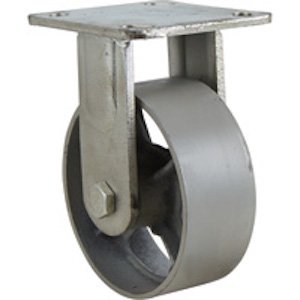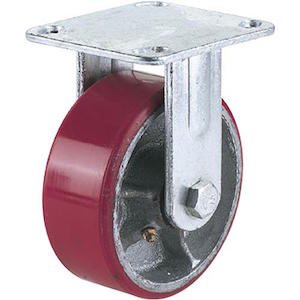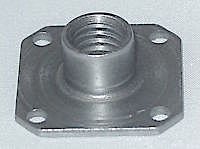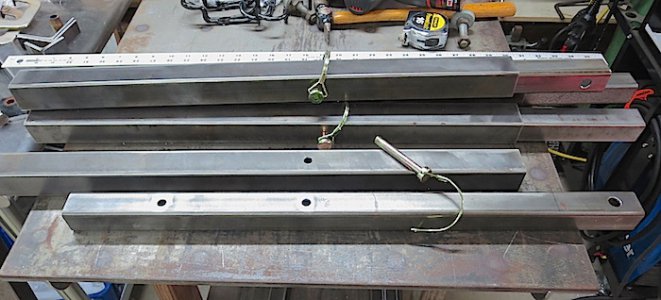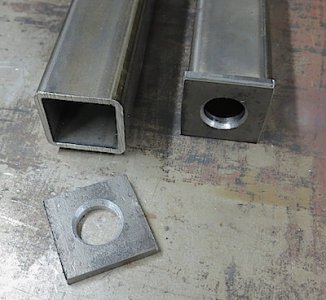F
Firestopper
Forum Guest
Register Today
Glad it worked for you Franko.
Paco
Paco
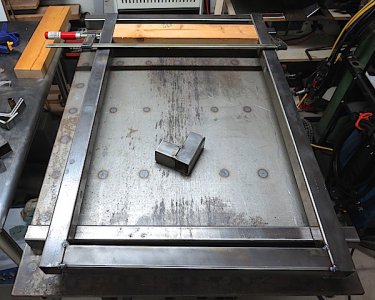
Brooks, it is never too late to learn how to weld as it is a necessary compliment to machining. When I was 17 and a hot rod buff, I purchased gas welding equipment and could not weld worth beans until I took a 6 month course at a local trade school. That was 50 plus years ago and a lot more equipment. Between my metal working hobby and a automobile repair business, I probably weld something 2 to 4 times a week.looks Great Franko. I know absolutely nothing about welding, but wish I did as it is a great skill to have.
Brooks, it is never too late to learn how to weld as it is a necessary compliment to machining. When I was 17 and a hot rod buff, I purchased gas welding equipment and could not weld worth beans until I took a 6 month course at a local trade school. That was 50 plus years ago and a lot more equipment. Between my metal working hobby and a automobile repair business, I probably weld something 2 to 4 times a week.
brav, I think welding can be as simple or complicated as you want it to be. Most occasional welders just need to be aware of what they don't know. It isn't that difficult to learn to stick things together good enough for most home projects. Fix a lawnmower handle, swing set or make a work bench. But, without the knowledge of metallurgy and just plain experience, it is best not to be welding suspension parts or things that if they break, someone can get hurt. A weld can look very strong and good, but have internal flaws that will cause it to break under stresses most of us are unaware of.
When doing the plug welds, my test part using my MIG revealed serious weakness and shortcomings in the weld when I tried to break it. The weld cracked when I put enough force to bend the steel and I discovered it hadn't fully fused on the holes. Would it have broken or caused me any problems? No. It was plenty strong for the purpose required for that application.
I am lucky to have Chuck share his knowledge and experience with me. With his guidance I made some good strong welds that exceeded the requirements of my project, and I'm a slightly better welder for the experience. But, there are probably dozens of different arc welding rod, and I don't think I would ever have been able to figure out on my own which particular rod was right for my project. And, that's the trick to it. Most occasional welders use one or two types of rod or wire and produce welds that look ok, but may fall short of specifications required for the purpose.
That said, for someone who likes building with metal, I highly recommend getting a decent home shop welder and having some fun with it. It's very fulfilling to fuse metal together. It is the ultimate glue joint. Just be aware of your ignorance and that you have no business welding up a motorcycle or airplane frame with it.
